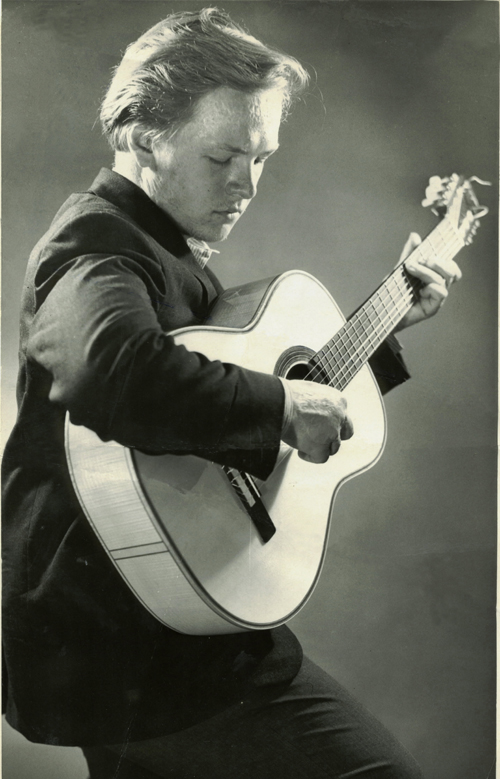
I am once again indebted to the amazing service that is Pandora. A few days ago I was listening to the free internet radio station at work when I heard a particularly striking and new song for the first time. You see, Pandora allows you to customize your own streaming radio station(s), using "seed" songs, artists, and albums as well as thumbs up or down ratings to formulate a 'music genome' of similar music, which plays on your station (any song can be skipped), all for free. I created my station, Mellow Kitty, a long time ago and listen to it throughout the entire day while I'm at my desk, so my tastes have been very refined.
As the name suggests, it mostly comprises mellow, work-friendly music. Among the most commonly played artists are Paul Simon, Nick Drake, James Taylor, Bens Harper and Folds, Cat Stevens, John Mayer, etc. In the time shortly after I created it, while the station was working off just a few of my "seed" selections, it provided a wider variety of music styles for me to rate up or down, but these days, it's pretty rare I hear a song I haven't heard or whose artist is foreign to me (with the exception of Broadway and opera songs, which I almost always thumbs down, but still occasionally get spit out at me for unknown reasons.)
Anyway, the song I heard on that fateful day was "Here come the Blues" by Jackson C. Frank. From a technical-musical standpoint, it was not significantly different from some of the folk-blues works by other artists I hear regularly, but there was a melancholic sweetness to his voice, similar to Drake's, that literally forced me to stop my work until I had looked up more information about the guy singing.
As it turns out, there are plenty of reasons for Mr. Frank's melancholy. According to his Wikipedia entry, he was acquainted with tragedy from an early age. At the age of 11, a furnace explosion at his elementary school killed 15 of his classmates and sent him to the hospital for 7 months. The trauma of the event would prove to be a major source of depression and mental illness throughout his life, though it was during his long convalescence that he first learned to play the guitar.
In his early 20's, he shipped off to England and befriended a young Paul Simon, who was touring the country. Simon produced Frank's self-titled album, which brought him a measure of success in the U.K. before his mental illnesses worsened, leading to his retreating to the U.S. again. At the age of 27, he married a former fashion model and had a son, who soon after died of cystic fibrosis. The latest tragedy sent him to the brink, and he was committed for his illness. He enjoyed a brief revival upon the re-release of his first album in the late 70's, but continued his downward spiral.
In 1984, in his forties, Frank again traveled to the U.S., searching for his old friend Paul Simon, but was unsuccessful and wound up homeless and living on the streets. Just at the time his music was being rediscovered on the folk scene in the early 1990's, he lost sight in one eye due to his being shot with a pellet gun by a few young boys firing indiscriminately in a park where he was sitting. With aid from some folk aficionados who found him, he began work on some new recordings, with little success. He died in 1999 at the age of 56, shortly before the first CD release of his self-titled album in 2001.
His musical legacy, however, has proven far longer than his life. Covers of his most famous song, "Blues Run the Game," were done by Drake, Simon and Garfunkel, and Counting Crows, among others. Another Frank Song, "Milk and Honey" has been popularized by Drake's cover as well. Nirvana recorded a stirring rendition of an unreleased song of his, "In the Pines," for their 'unplugged' album in the early 90's as well.
His style walks the line between folk, blues, and 60's pop, with vocals similar to the high tenor of Roy Orbison underscored with just a hint of the trampy gravel of Tom Waits, and accompaniment by simple acoustic guitar. His life has been immortalized through one particularly fitting stanza from his most famous song:
"Livin' is a gamble baby - Lovin's much the same - Wherever I have played - Whenever I've thrown them dice - Wherever I have played - The blues have run the game"
I would highly recommend Frank to anyone who likes Drake, Simon, Bob Dylan, or really depressing life stories. Thanks, Pandora.



